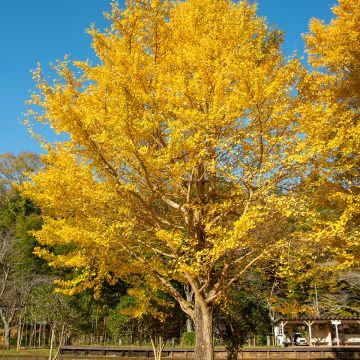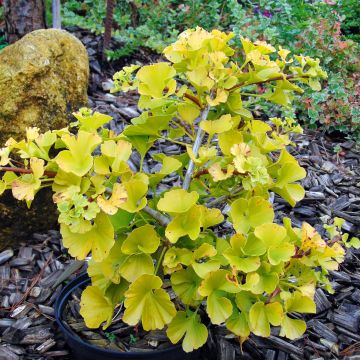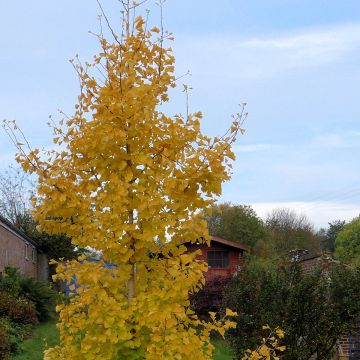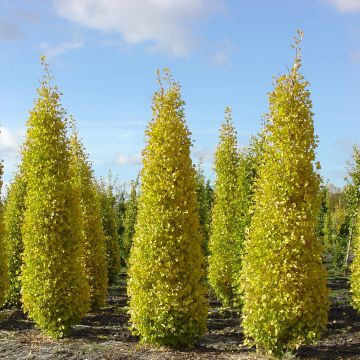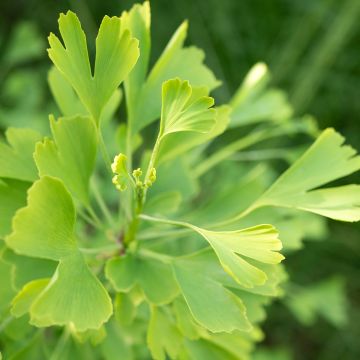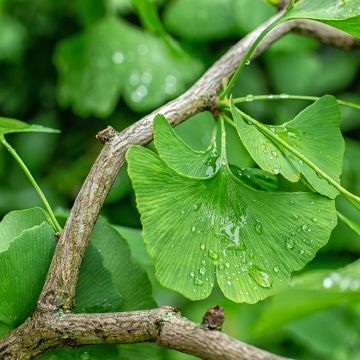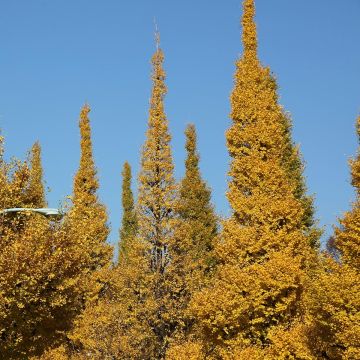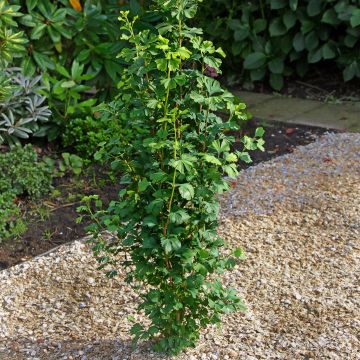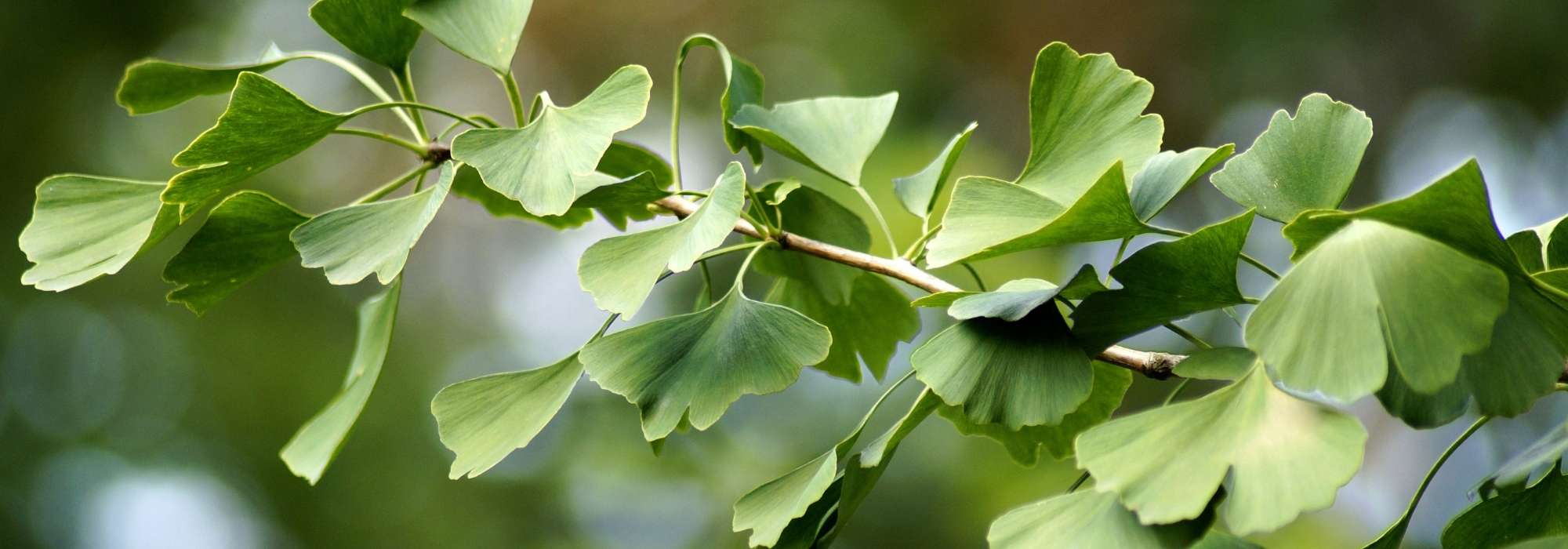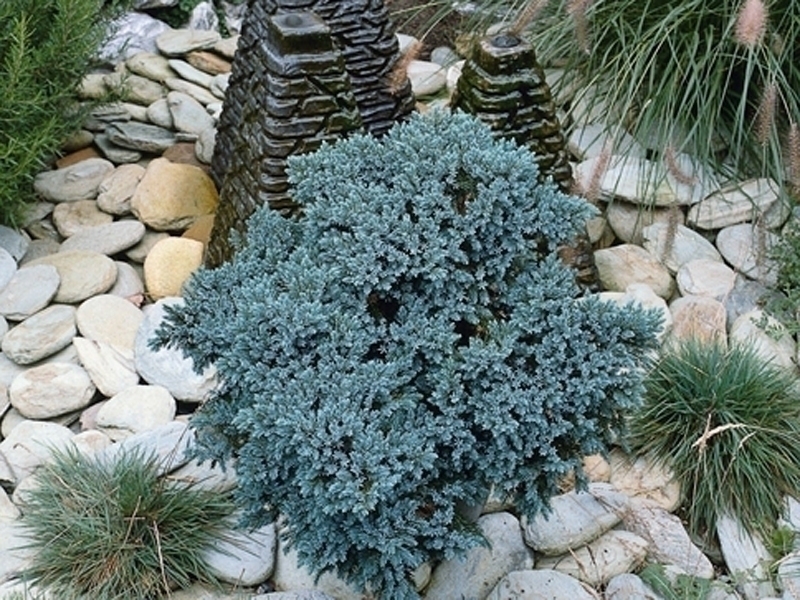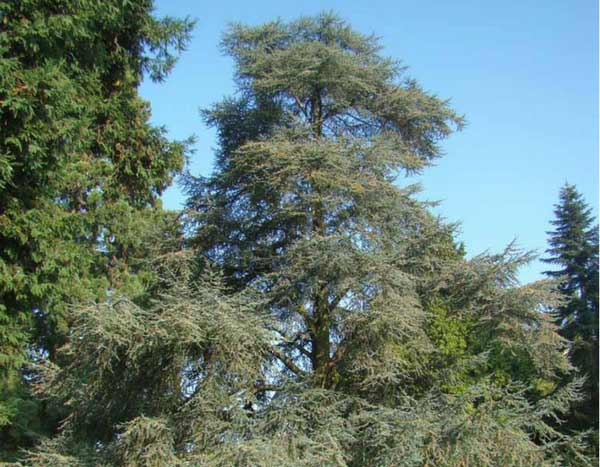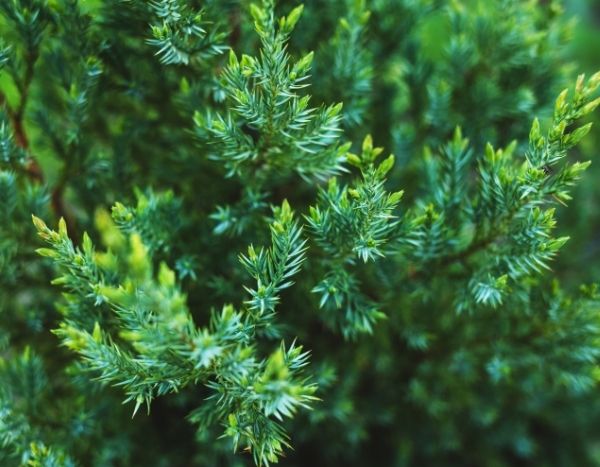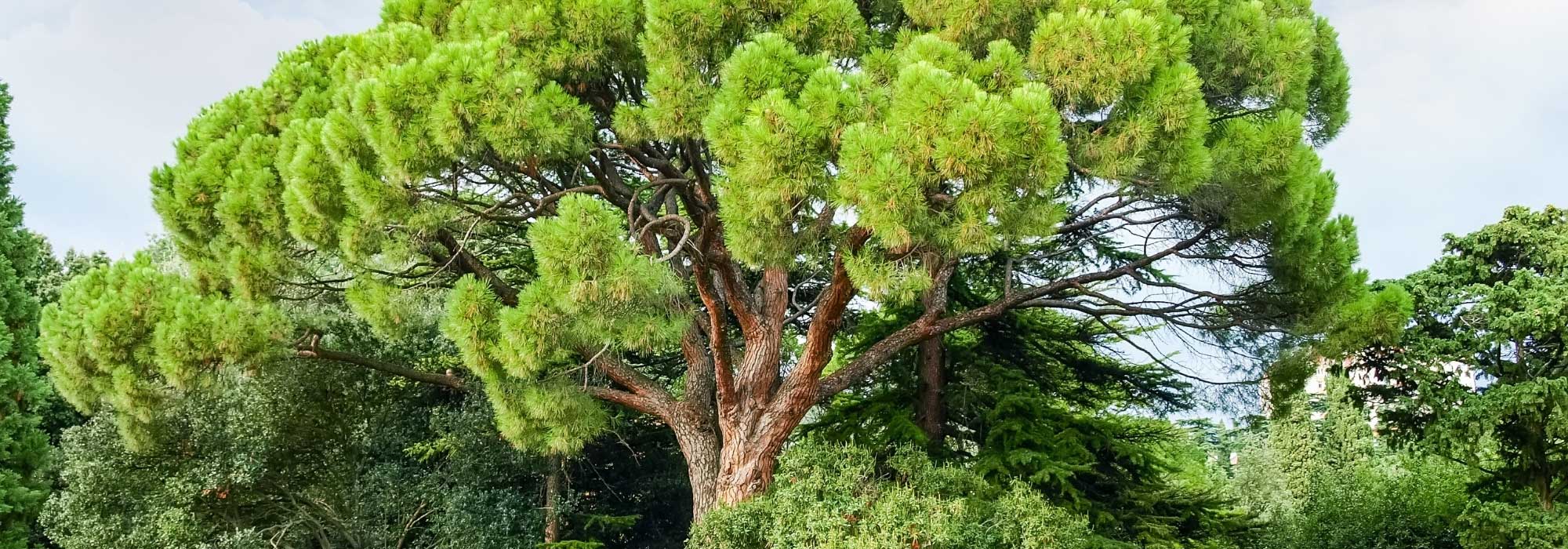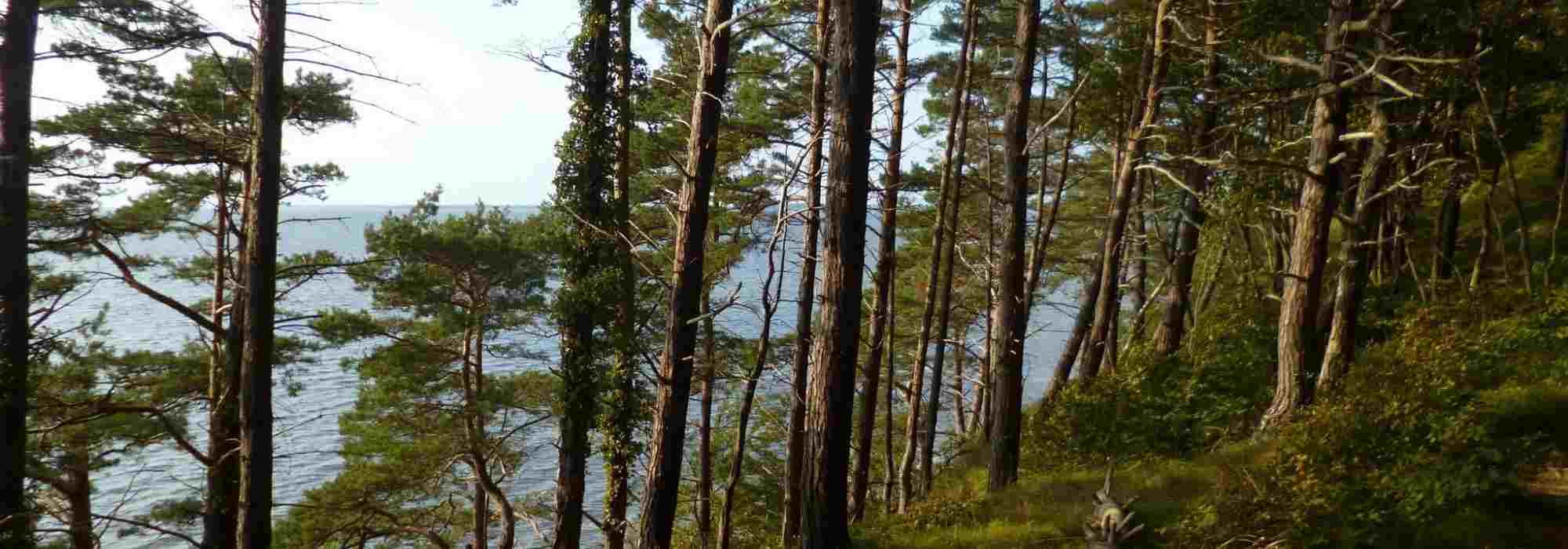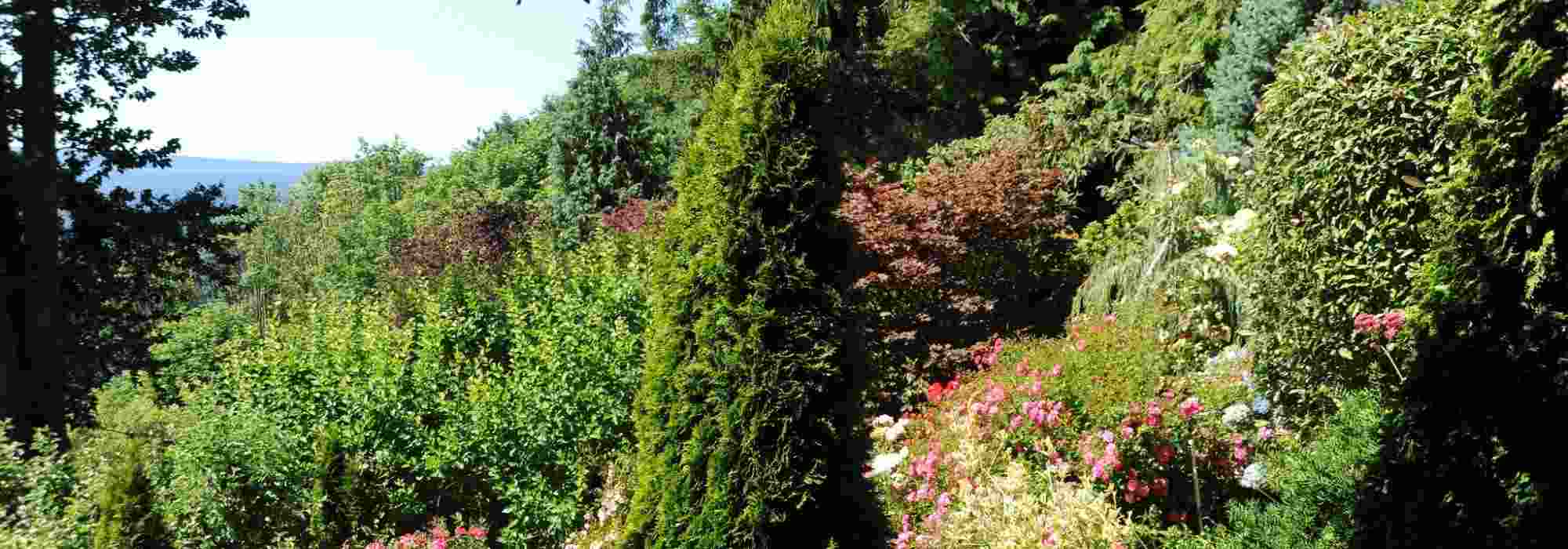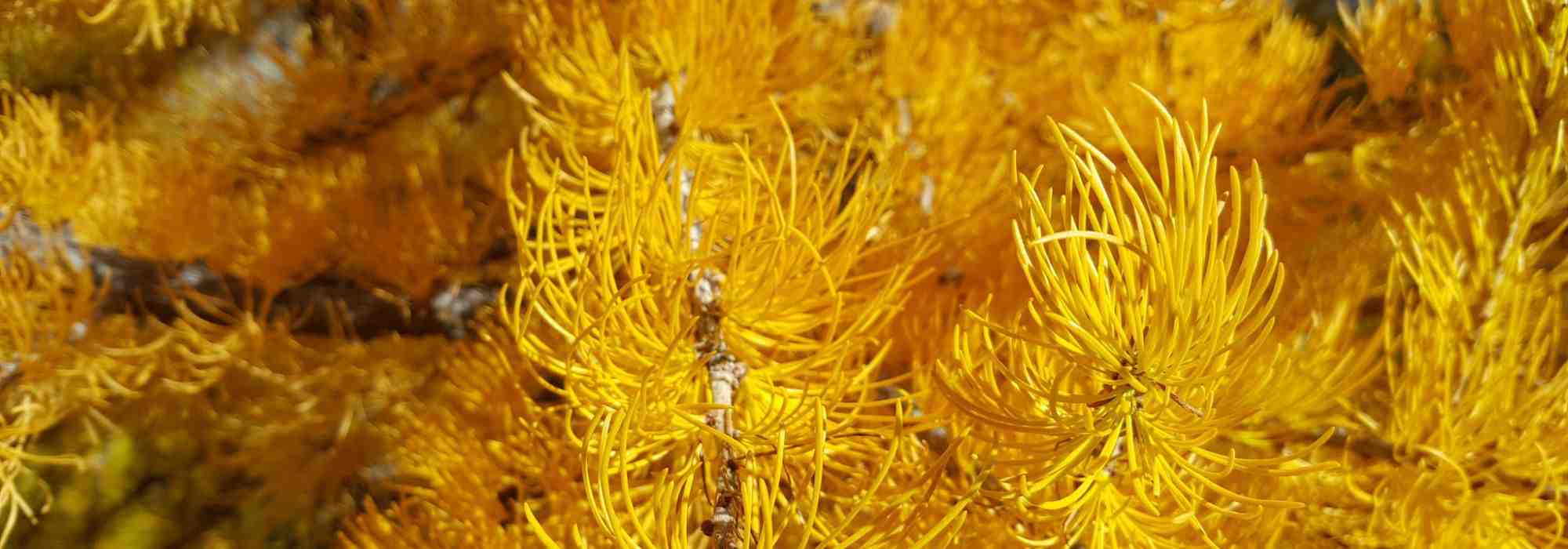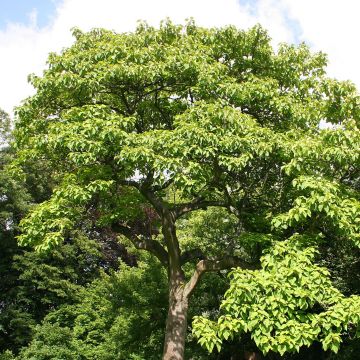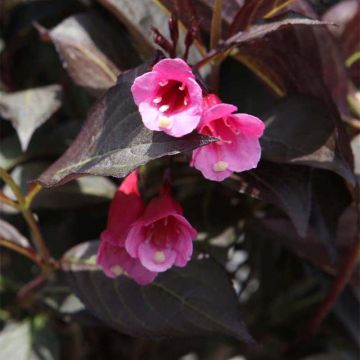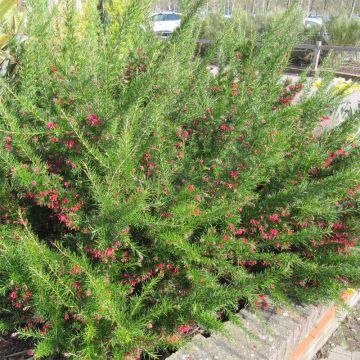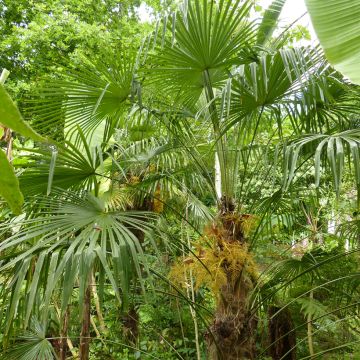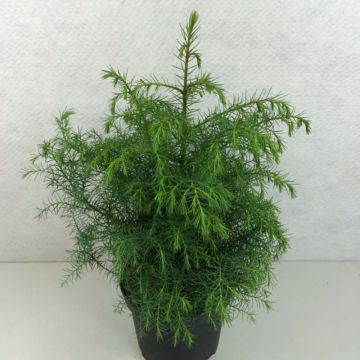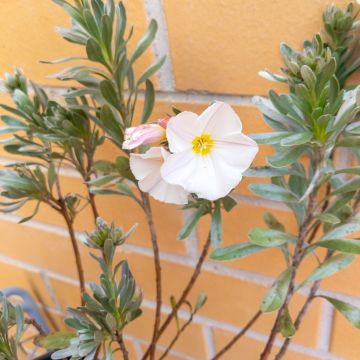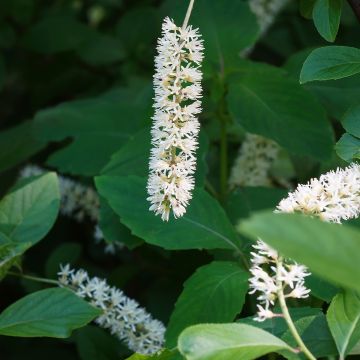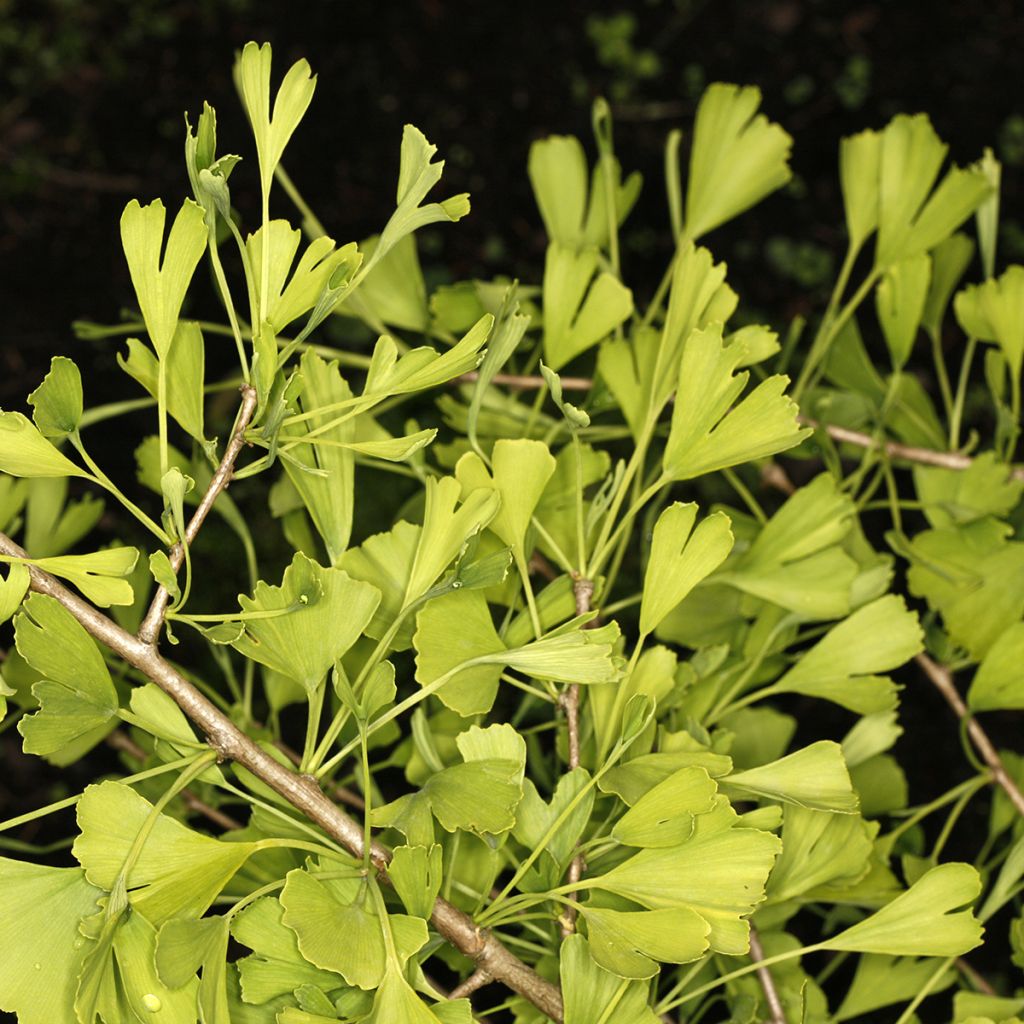

Ginkgo biloba Chotek
Ginkgo biloba Chotek
Ginkgo biloba Chotek
Maidenhair Tree
Special offer!
Receive a €20 voucher for any order over €90 (excluding delivery costs, credit notes, and plastic-free options)!
1- Add your favorite plants to your cart.
2- Once you have reached €90, confirm your order (you can even choose the delivery date!).
3- As soon as your order is shipped, you will receive an email containing your voucher code, valid for 3 months (90 days).
Your voucher is unique and can only be used once, for any order with a minimum value of €20, excluding delivery costs.
Can be combined with other current offers, non-divisible and non-refundable.
Why not try an alternative variety in stock?
View all →This plant carries a 24 months recovery warranty
More information
We guarantee the quality of our plants for a full growing cycle, and will replace at our expense any plant that fails to recover under normal climatic and planting conditions.
Does this plant fit my garden?
Set up your Plantfit profile →
Description
The 'Chotek' Ginkgo biloba is a unique and rare variety, coveted by collectors. It is distinguished by its unusual leaves. Some leaves are wider than the typical ones, while others fold in on themselves to form tubes. Many leaves have a more standard shape. With a rounded habit, as wide as it is tall, this bush with a dense canopy reaches a height of 2 to 3 metres and a width of 2 to 3 metres at maturity. In autumn, the 'Chotek' Ginkgo biloba is adorned with intense and vibrant yellow foliage, creating a breathtaking spectacle that brightens the surrounding landscape. It is relatively undemanding and appreciates a sunny exposure in humus-bearing soil that is not too dry.
Ginkgo biloba is an ancient tree belonging to the ginkgoales family, which is now practically extinct. This "living fossil tree," which does not produce flowers, generally reaches a height of 24 metres and has a vertical structure in its youth that spreads over the years, reaching a diameter of 9 metres. Originally from China, this majestic tree has long disappeared from its natural environment and owes its survival to humans who continue to plant it.
The 'Chotek' variety is a horticultural selection originating from Czechoslovakia, resulting from a mutation of the 'Witches' Broom' variety. Its growth is relatively slow at first, then moderate, with the bush reaching a height of 2 to 3 metres and a similar width at maturity. Its branching is compact, and its young shoots are thick and covered in fuzz. The deciduous leaves are light olive green in spring and darken slightly in summer before turning an intense golden yellow at the end of the season before falling. Their shape is like a fan, with wavy and toothed lobes, resembling a cone. What distinguishes this variety most are its unusual leaves. Some are wider than those of the typical species, while others fold in on themselves to form tubes. This small tree shows remarkable resistance to severe cold.
The 'Chotek' Ginkgo is ideally planted as a solitary tree on a lawn, creating a captivating focal point throughout the year. Its appearance blends perfectly with Japanese, exotic, or contemporary settings. It can be paired with Japanese maples, oakleaf hydrangeas, purple barberries, and blue glaucous conifers. Its beauty, small size, and resistance to urban pollution also make it an attractive choice for small urban gardens.
Interestingly, despite its deciduous leaves, Ginkgo biloba is a conifer, from a botanical perspective. It is a very hardy and robust bush. It was one of the few to survive the Hiroshima bomb in 1945!
It is the oldest tree species found on Earth: dating back 300 million years, it has survived all the cataclysms that the Earth has experienced. This tree has been living for thousands of years in the Tianmushan Mountains in southeastern China. It was reintroduced to Europe in the 18th century. With exceptional longevity, the Ginkgo is also a medicinal plant.
Plant habit
Foliage
Botanical data
Ginkgo
biloba
Chotek
Ginkgoaceae
Maidenhair Tree
Cultivar or hybrid
Other Ginkgo
View all →Planting and care
Ginkgo Biloba 'Chotek' is a very hardy tree, resistant to temperatures as low as -30°C, but it doesn't like excessive heat; it suffers above 30°C, especially if the soil is dry. It thrives in the sun in any good fertile, deep, and well-drained soil. It loves loamy soils. Ensure that it does not lack water during the summer period. It tolerates soil with a tendency to be chalky as long as it remains moist. In dry soil, this tree will develop very slowly. But it will also suffer in soil that is too wet and heavy, constantly saturated with water. It is a very resilient bush that withstands urban pollution well. When planting, dig a hole deep enough and rich in humus. During the plant's dormant period, in February-March, remove awkward, too long, or tangled stems to maintain a harmonious shape.
Planting period
Intended location
Care
Planting & care advice
This item has not been reviewed yet - be the first to leave a review about it.
Similar products
Haven't found what you were looking for?
Hardiness is the lowest winter temperature a plant can endure without suffering serious damage or even dying. However, hardiness is affected by location (a sheltered area, such as a patio), protection (winter cover) and soil type (hardiness is improved by well-drained soil).

Photo Sharing Terms & Conditions
In order to encourage gardeners to interact and share their experiences, Promesse de fleurs offers various media enabling content to be uploaded onto its Site - in particular via the ‘Photo sharing’ module.
The User agrees to refrain from:
- Posting any content that is illegal, prejudicial, insulting, racist, inciteful to hatred, revisionist, contrary to public decency, that infringes on privacy or on the privacy rights of third parties, in particular the publicity rights of persons and goods, intellectual property rights, or the right to privacy.
- Submitting content on behalf of a third party;
- Impersonate the identity of a third party and/or publish any personal information about a third party;
In general, the User undertakes to refrain from any unethical behaviour.
All Content (in particular text, comments, files, images, photos, videos, creative works, etc.), which may be subject to property or intellectual property rights, image or other private rights, shall remain the property of the User, subject to the limited rights granted by the terms of the licence granted by Promesse de fleurs as stated below. Users are at liberty to publish or not to publish such Content on the Site, notably via the ‘Photo Sharing’ facility, and accept that this Content shall be made public and freely accessible, notably on the Internet.
Users further acknowledge, undertake to have ,and guarantee that they hold all necessary rights and permissions to publish such material on the Site, in particular with regard to the legislation in force pertaining to any privacy, property, intellectual property, image, or contractual rights, or rights of any other nature. By publishing such Content on the Site, Users acknowledge accepting full liability as publishers of the Content within the meaning of the law, and grant Promesse de fleurs, free of charge, an inclusive, worldwide licence for the said Content for the entire duration of its publication, including all reproduction, representation, up/downloading, displaying, performing, transmission, and storage rights.
Users also grant permission for their name to be linked to the Content and accept that this link may not always be made available.
By engaging in posting material, Users consent to their Content becoming automatically accessible on the Internet, in particular on other sites and/or blogs and/or web pages of the Promesse de fleurs site, including in particular social pages and the Promesse de fleurs catalogue.
Users may secure the removal of entrusted content free of charge by issuing a simple request via our contact form.
The flowering period indicated on our website applies to countries and regions located in USDA zone 8 (France, the United Kingdom, Ireland, the Netherlands, etc.)
It will vary according to where you live:
- In zones 9 to 10 (Italy, Spain, Greece, etc.), flowering will occur about 2 to 4 weeks earlier.
- In zones 6 to 7 (Germany, Poland, Slovenia, and lower mountainous regions), flowering will be delayed by 2 to 3 weeks.
- In zone 5 (Central Europe, Scandinavia), blooming will be delayed by 3 to 5 weeks.
In temperate climates, pruning of spring-flowering shrubs (forsythia, spireas, etc.) should be done just after flowering.
Pruning of summer-flowering shrubs (Indian Lilac, Perovskia, etc.) can be done in winter or spring.
In cold regions as well as with frost-sensitive plants, avoid pruning too early when severe frosts may still occur.
The planting period indicated on our website applies to countries and regions located in USDA zone 8 (France, United Kingdom, Ireland, Netherlands).
It will vary according to where you live:
- In Mediterranean zones (Marseille, Madrid, Milan, etc.), autumn and winter are the best planting periods.
- In continental zones (Strasbourg, Munich, Vienna, etc.), delay planting by 2 to 3 weeks in spring and bring it forward by 2 to 4 weeks in autumn.
- In mountainous regions (the Alps, Pyrenees, Carpathians, etc.), it is best to plant in late spring (May-June) or late summer (August-September).
The harvesting period indicated on our website applies to countries and regions in USDA zone 8 (France, England, Ireland, the Netherlands).
In colder areas (Scandinavia, Poland, Austria...) fruit and vegetable harvests are likely to be delayed by 3-4 weeks.
In warmer areas (Italy, Spain, Greece, etc.), harvesting will probably take place earlier, depending on weather conditions.
The sowing periods indicated on our website apply to countries and regions within USDA Zone 8 (France, UK, Ireland, Netherlands).
In colder areas (Scandinavia, Poland, Austria...), delay any outdoor sowing by 3-4 weeks, or sow under glass.
In warmer climes (Italy, Spain, Greece, etc.), bring outdoor sowing forward by a few weeks.






























